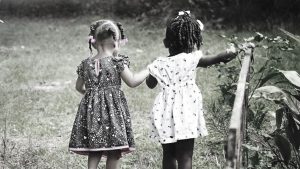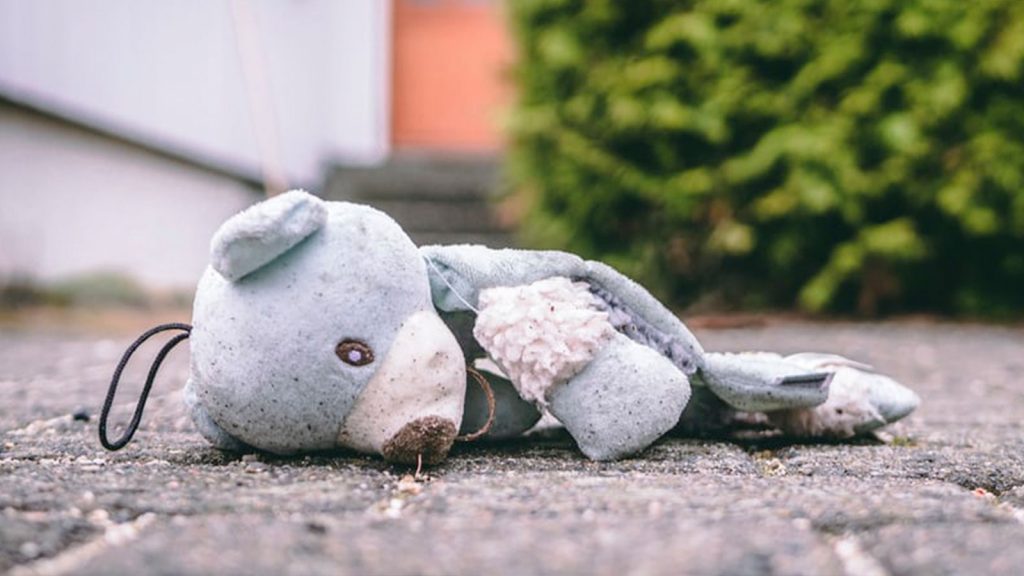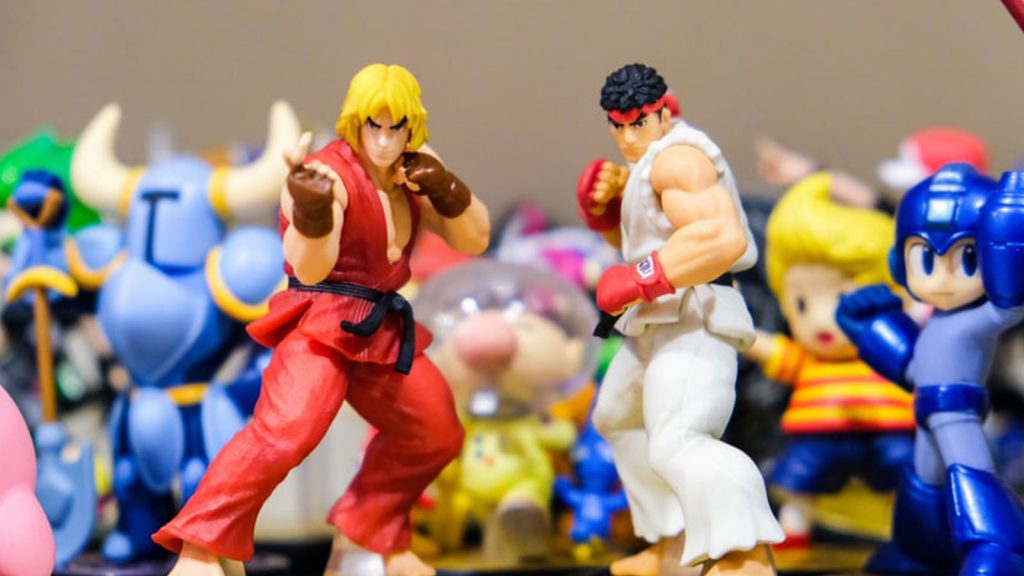
How to Educate Young Children about Bullying
Written Thought Piece by Neil Altman
“Children have never been very good at listening to their elders, but they have never failed to imitate them.” James Baldwin
In recent years, bullying in schools around the world has spread from the playground and the street to cyberspace. Forms taken by bullying behavior have expanded from physical harassment and social ostracization to the spreading of rumours and lies online where they can proliferate instantaneously at a dizzying pace, to the point where a number of children and adolescents have been hounded to the point of suicide. In response, schools and governments have instituted anti-bullying programs. Kindness is the watchword of the day.
Bullies in public life
Meanwhile, public life in many countries has been marked by an upsurge in “hard ball” politics and business. In the United States, Donald Trump’s twitter feed is marked by mockery of, and threats directed toward, people who disagree with him. He brags about personally being able to get away with murder, exploiting women and denigrating people on the basis of their physical characteristics and ethnicity. His bullying behavior co-exists with his wife’s advocacy of anti-bullying programs in schools. In Britain, people of all ages are treated to the spectacle of verbal and physical altercations in Parliament, with raised voices and character assassination taking the place of debate on the many consequential issues related to Brexit, to take but one example.

Image from unsplash.com
How to reconcile adult bullying and hypocrisy whilst preaching kindness?
There is nothing new in this situation, nothing new in the hypocrisy of adults preaching kindness to children while adult denigration and mistreatment of each other is plainly visible on the television and the newsstand, if not in their very own homes. How do children reconcile these contradictions?
For the most part, adults fail to help children come to terms with what they observe, because we ourselves don’t know how to integrate our own potential for violence and aggression with our kind and loving feelings. We split: kindness within the family, (though the Judeo-Christian Bible reminds us that murderous sibling rivalry is fundamental, and often there is a scapegoat, a family member who doesn’t toe the family line) and kindness within the community of identification, while oppression and cruelty are reserved for outsiders and the marginalized.
We are all capable of bullying
For young children, such contradictions must be addressed on a very concrete level in classrooms and in families. The first principle is that bullying and other acts of coercion and violence should not result in unnecessary ostracism or marginalization. The purpose of “time out”, for example, should be clearly understood and explained as allowing time and space to calm down, not to punish. The offending child’s reunion with the group should be an opportunity to teach everyone about how better to express inevitable anger and competition. Second, children who commit destructive acts should be given the opportunity to repair the damage they have caused in the form of hurt feelings and damaged objects.
Any of us are capable of acting in a bullying or coercive fashion. We can’t learn to deal with our own potential for violence by singling out offenders, by attempting to cleanse ourselves by locating untoward aggression “out there”. Rather, we should deal with such behavior by supporting the offender’s capacity for remorse and his or her reparative impulses.

Image from unsplash.com
Rupture and Repair
These principles have given rise to programs emphasizing “restorative justice”. In this approach, teachers encourage efforts to “talk through” what has happened when one child harms another physically or emotionally. When a thing, a toy or other possession has been damaged, the child who has caused the damage is encouraged to help repair it. When people feel that there is no way to repair the damage they have done, they develop an image of self as fundamentally destructive, eventually embracing this self-concept and reinforcing it with their behavior.
Violent or shaming methods of discipline model the behavior we are attempting to discourage. This is the pitfall about which James Baldwin sought to alert us above. Many teachers and parents intuitively follow these principles more or less consistently. Nonetheless, we all get angry, sometimes enraged, at children who hurt others and destroy things; it is tempting to exact an eye for an eye, but as Gandhi famously reminded us, an eye for an eye leaves everyone blind.
View more in-depth thinking from our guest bloggers on our Thought Pieces page.




